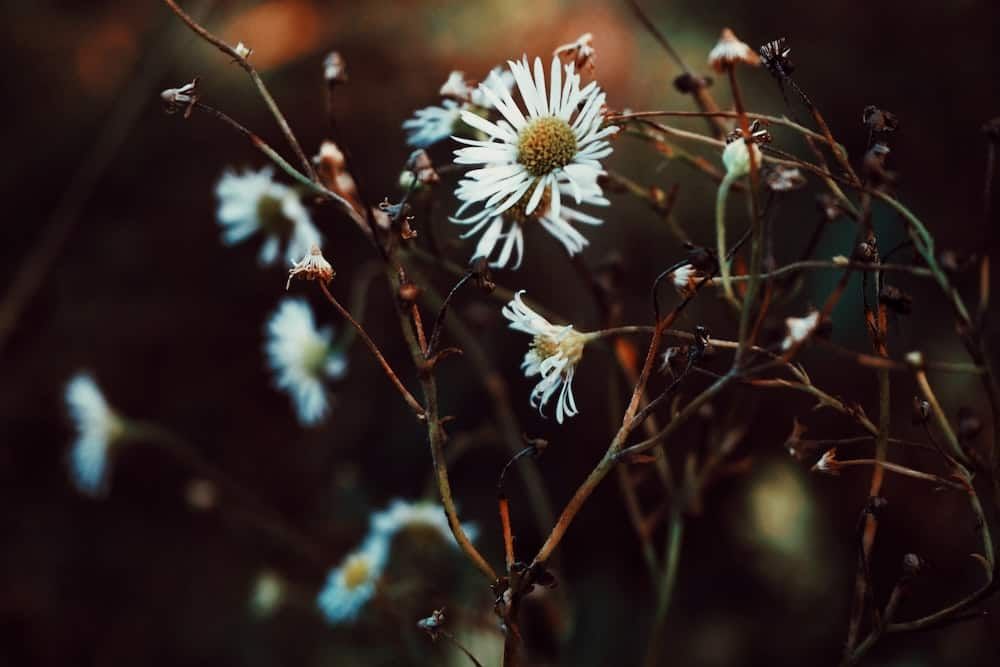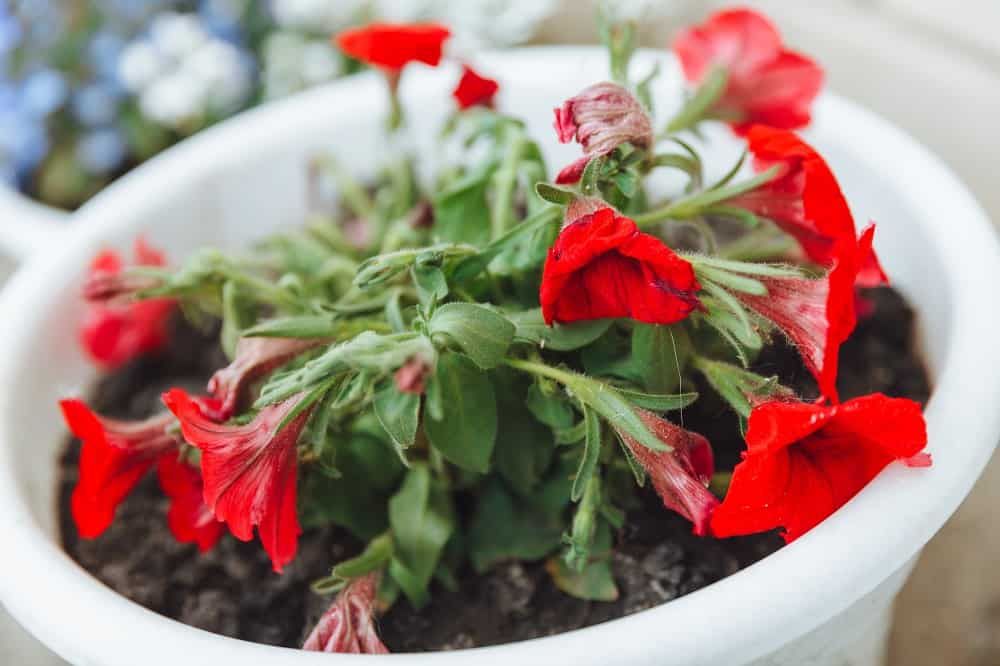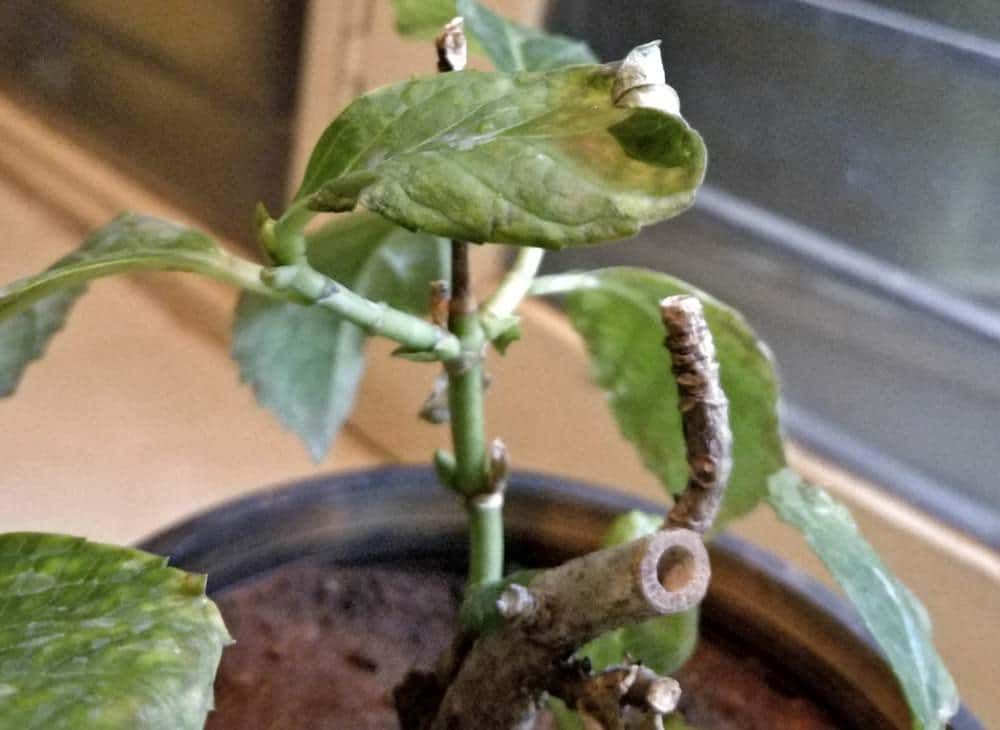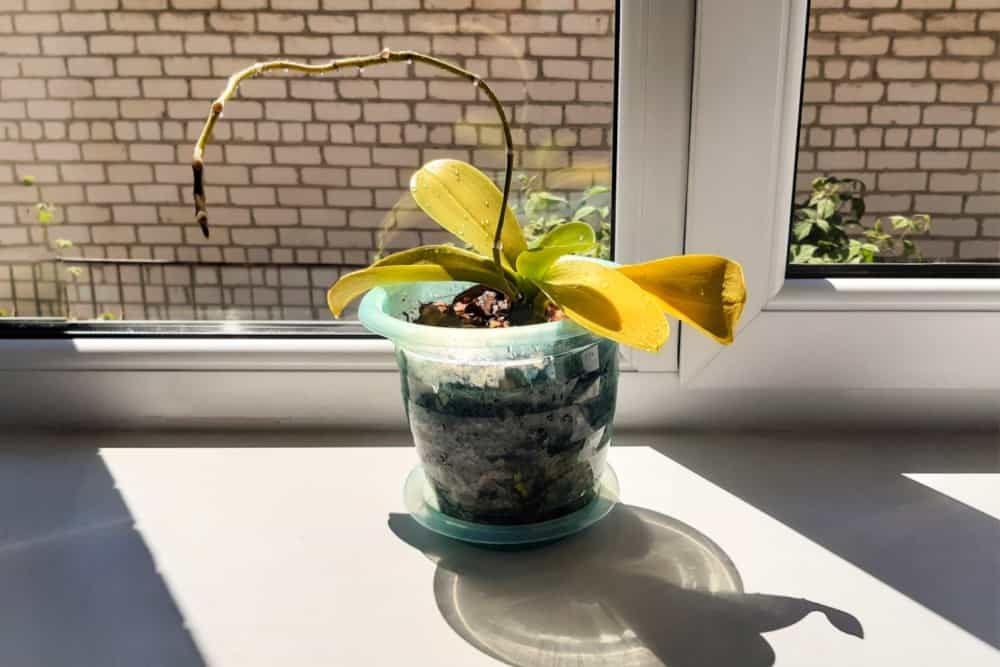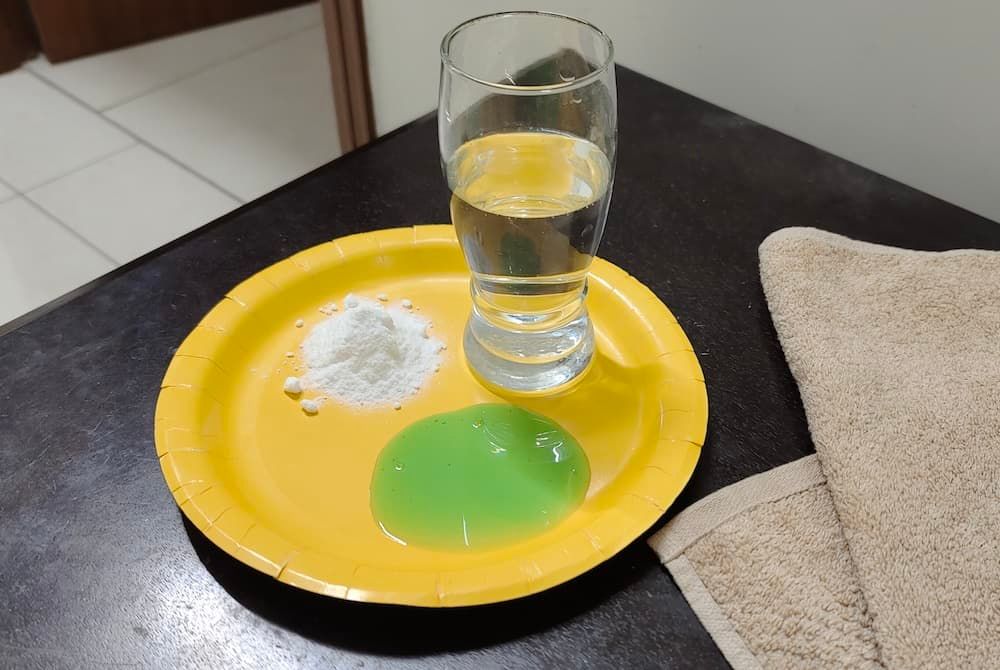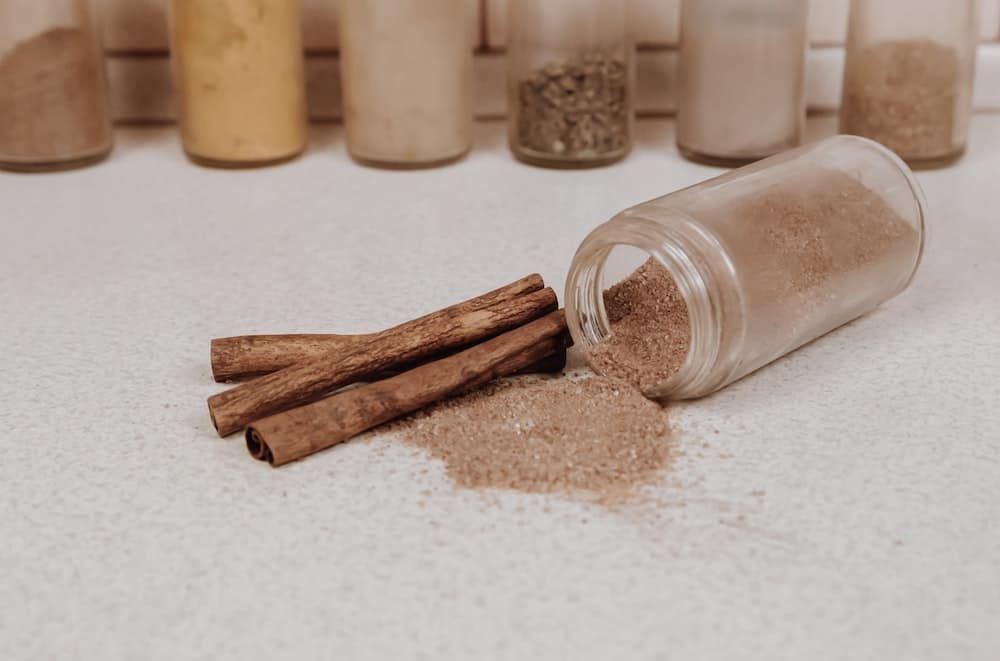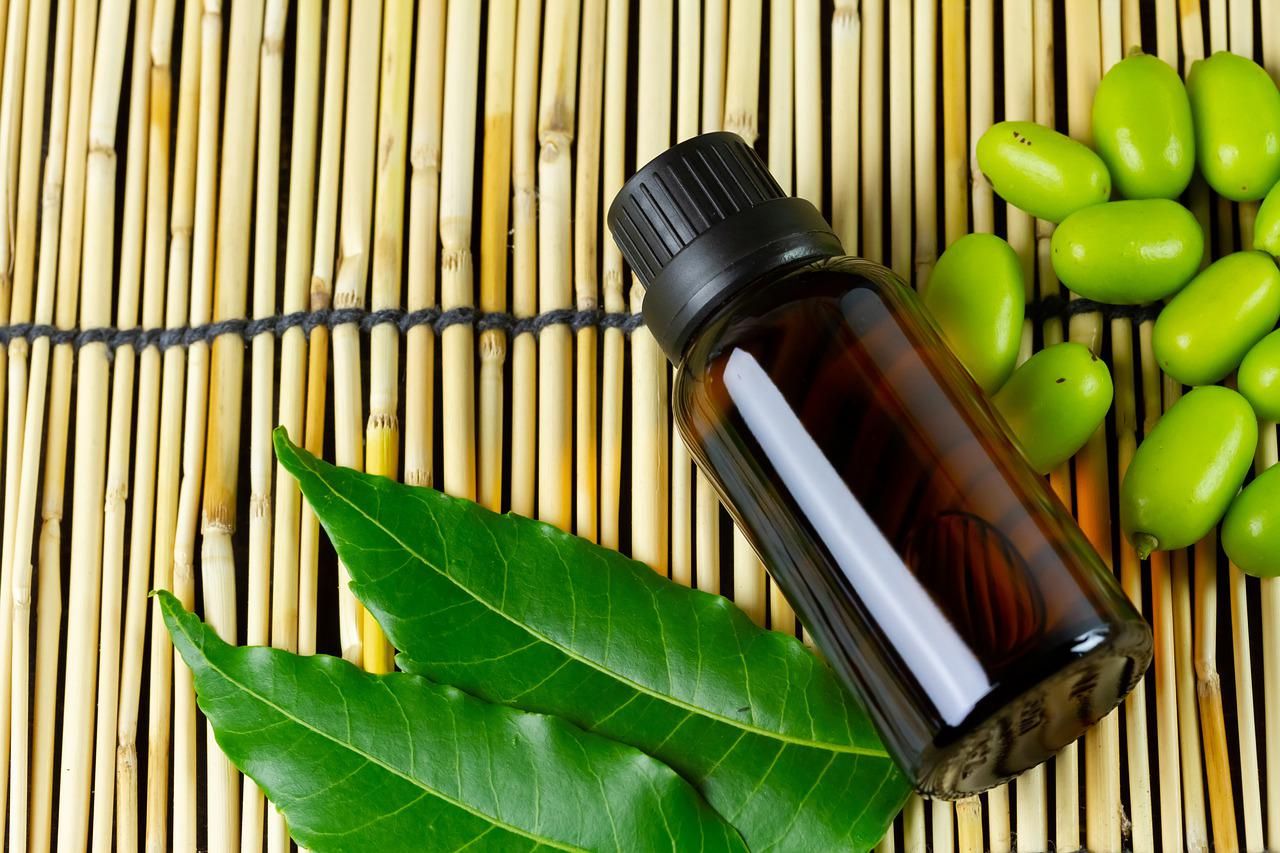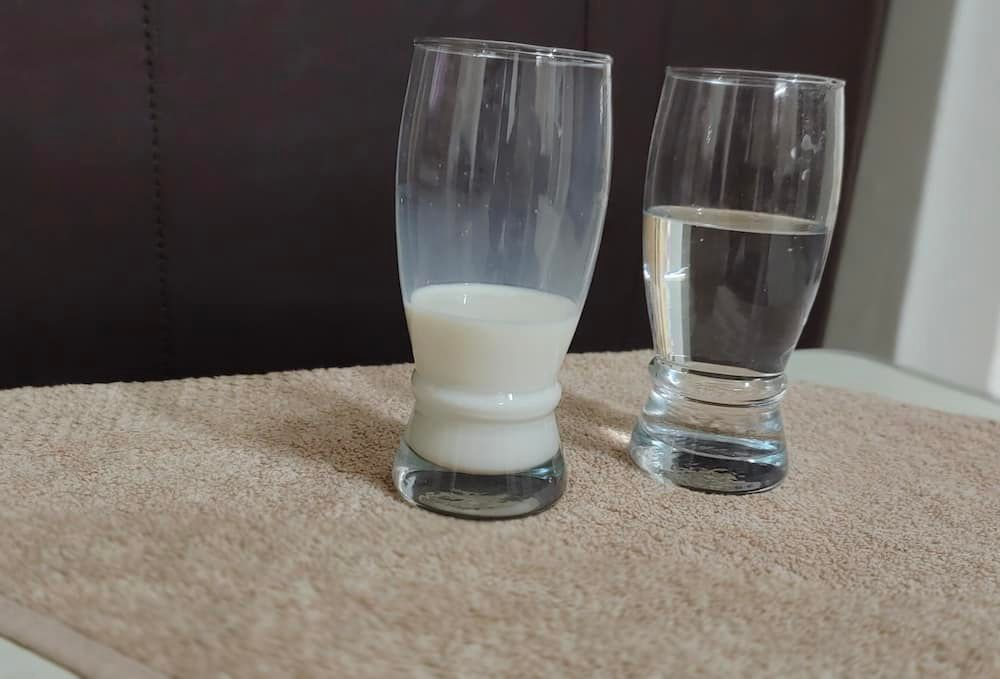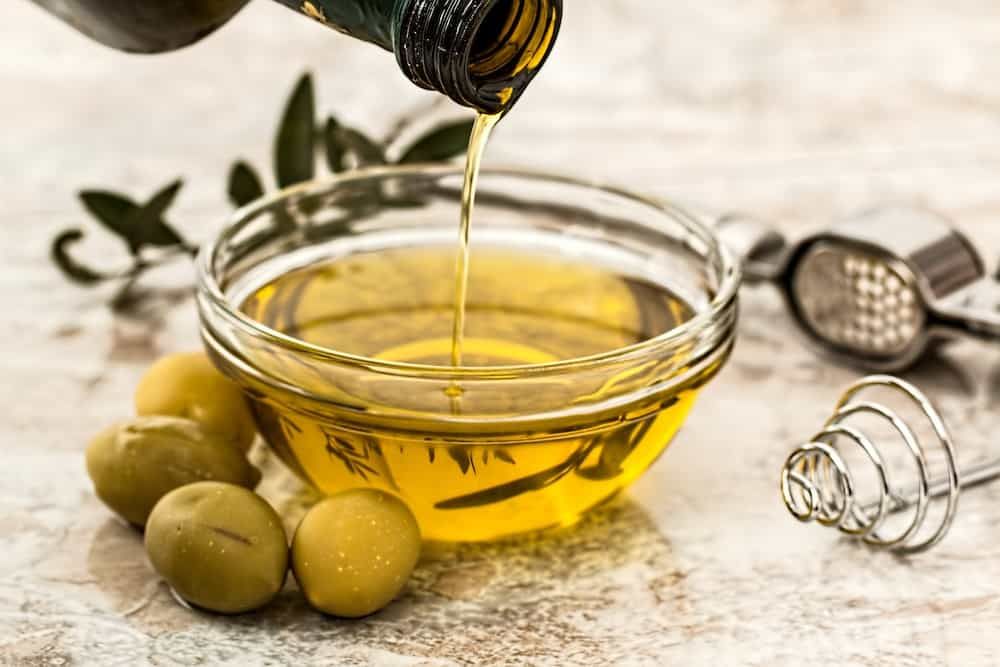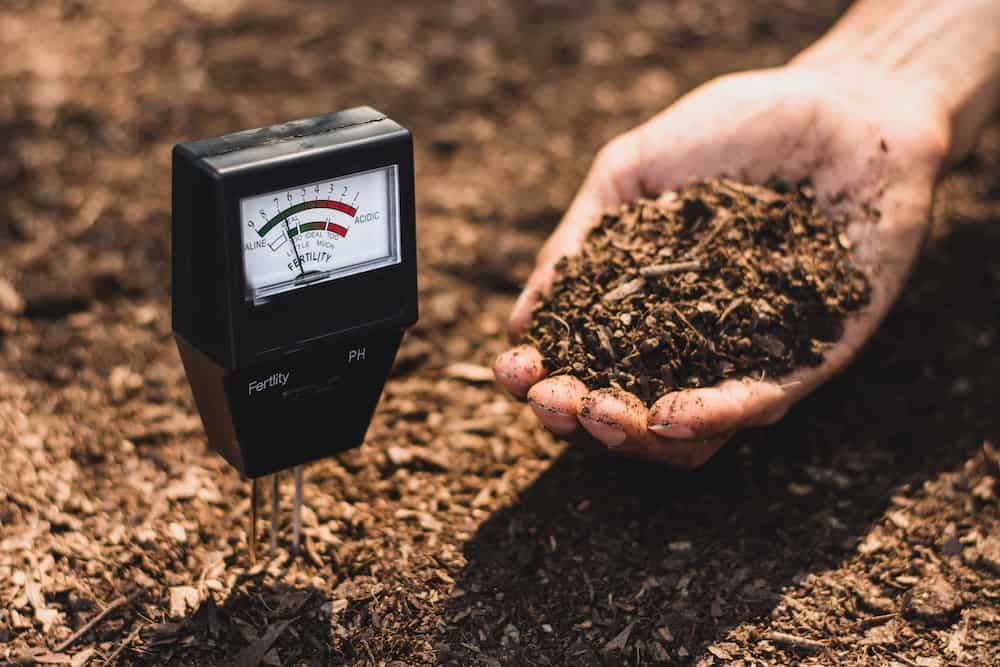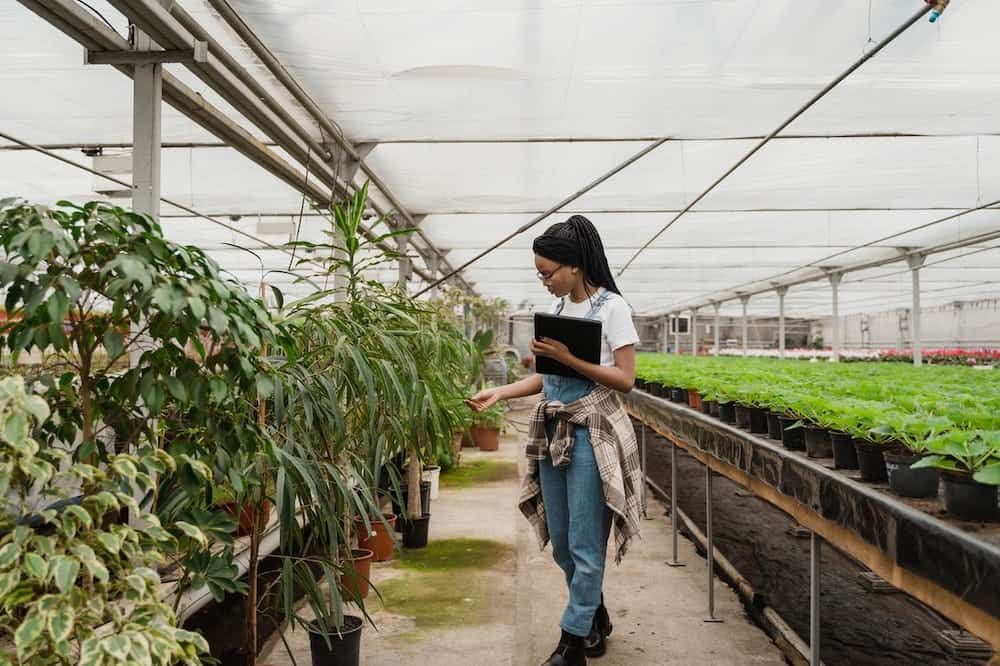Root rot is a fungal disease that infects woody and herbaceous plants. Seeing your healthy plant with a white, firm root system turn black, limp, and die from root rot is heartbreaking.
When a plant’s roots fall victim to infection below the surface, you’d only get the memo after the disease has caused a significant amount of damage to your plant. The challenge, therefore, is to detect root rot before it causes irreversible damage to your plants.
To get to the bottom of root rot, it's crucial to understand where this disease originates and how it functions. Then, as you know its profile, you'll discover the best way to eliminate it with household items that are probably lying around your home!
Types of Fungal Spores That Cause Root Rot
Fungal spores present in the soil can cause root rot infections - not to mention overwatering. These fungal spores can vary in their aggressiveness, infection type and strength, as well as which parts of the root system and plant they affect.
1. Pythium
Image credits: Adrian Swancar via Unsplash
Pythium ultimum is a type of water mold that exists as fungal spores in the soil. They're known as oospores and are resistant to dehydration and extreme temperatures. They further germinate into root-killing machines called zoospores and swim straight for the plant's root to infect it. After infecting the roots, the fungi kill underground plant cells and reproduce rapidly.
Pythium ultimum doesn’t infect the hypocotyl or any plant tissues above ground, making it the least aggressive. However, it attacks seeds and root tissues already damaged or lacking in suberin, a cell wall to protect against pathogens. This fungi thrive in fertile and moist soils and is especially active when the temperature is between five and 15 degrees Celsius.
Signs of Pythium infection include:
- Seed rot,
- Stunted growth,
- Seedlings with damping roots.
2. Fusarium
Image credits: Inna photographer via Shutterstock
Fusarium is a type of filamentous fungi that includes a variety of species, most of which are harmless and form a large part of a soil’s microbial makeup. However, species such as Fusarium oxysporum, culmorum, avenaceum, and graminearum produce chlamydospores (thick-walled cells) germinating into hyphae.
Infection isn’t immediate; however, as the fungus develops, it attempts to infect cell walls and plant tissue. Regarding the extent of its infection, Fusarium infects roots and hypocotyls. Plants at every growth stage are vulnerable, but seedlings are most susceptible to severe cellular damage in plant tissue. Most Fusarium spores thrive in warmer and dryer soils.
Signs of Fusarium infection include:
- Yellowing leaves,
- Stunted growth,
- Dying seedlings.
3. Rhizoctonia solani
Image credit: Lakeisha Ethans for Backyard Boss
Rhizoctonia solani is a lethal pathogenic fungus that exists primarily as vegetative mycelium. Mycelium comprises a network of hyphae that grow and infect a plant’s roots. After infecting the plant, the fungi grow through cell walls and spread enzymes that degrade the plant’s cell walls.
Cell macerations can occur within two days of infection. It is when hyphae grow, attach themselves to plant tissue, and macerate infected cells. Rhizoctonia solani can infect a plant in spontaneous order starting in the hypocotyl but still causing root rot. This fungus thrives in moist, loose, and cold soil and can withstand temperatures as low as two degrees Celcius.
Signs of Rhizoctonia solani infection include:
- Browned and collapsed hypocotyl and root tissue,
- Stunted growth,
- Dying seedlings
4. Phytophthora
Image credits: Pencil case via Shutterstock
Phytophthora is a species of microscopic organisms that resemble fungi but aren’t them. This fungus-like organism causes severe decay on plants' roots and stem bases. This plant destroyer lives in the soil and can survive for years before infecting a host plant.
Heavy or waterlogged soil causes phytophthora root rot. Sadly, above-ground symptoms only develop when the decay is well-underway. If you examine the roots of an infected plant, the finer roots that nourish the plant would have rotten away, while the larger ones would be softer and show signs of browning.
Signs of Phytophthora infection include:
- Wilting,
- Yellow foliage,
- Branch dieback - whereby the plant begins to die from the tip of its leaves or roots backward.
How to Get Rid of Root Rot With Household Items
The first fungicides were inorganic compounds that contained sulfur or metal ions such as copper, tin, cadmium, and mercury that are toxic to fungi. However, chemical fungicides can be highly toxic to many organisms, seep into the soil, and pollute waterways.
Depending on the type of pesticide, exposure in any form and duration can negatively affect your health, causing nutritional deficiencies, neurological problems, and dermatological and digestive issues, among other serious health problems.
Although chemical fungicides and pesticides promise quick results, they harm you and your environment, so please don't use them. Luckily, there are safer ways to eliminate the fungi that cause root rot.
1. Baking Soda Fungicide
Image credit: Lakeisha Ethans for Backyard Boss
If the fungi haven’t affected the plant above-ground, spray the below solution directly on the soil. You can adjust the fungicide proportions depending on the fungi you try to eliminate.
To make this, you'll need:
- 4 tablespoon of baking soda
- 1 teaspoon of liquid soap
- 3 liters of water
Method:
Thoroughly mix all the above ingredients until they've completely dissolved. Then, use this mixture to spray the plants you’d like to disinfect.
2. Cinnamaldehyde Fungicide
Image credits: Diana Polekhina via Unsplash
Cinnamaldehyde is a naturally-occurring aldehyde that gives cinnamon its flavor and scent. It is also a major constituent of cinnamon essential oils and has potent antifungal activities against various fungi. Cinnamon powder is a must in your garden!
To make this, you'll need:
- 4 tablespoons of ground cinnamon or some drops of cinnamon essential oil
- 1.5 liters of water
Method:
Start by mixing the cinnamon or essential oil with water and leave the mixture to steep overnight. The next day, strain the solution and store the strained liquid in your applicator. Use this mixture to spray the infected soil.
3. Neem Oil Fungicide
Image credits: Ninetechno via Pixabay
Neem oil, harvested from neem seeds, is a non-toxic oil with antifungal properties. Neem oil is safe for humans, pets, plants, and the soil.
To make this, you’ll need:
- 1 cap of neem oil
- 2 caps of soap solution
- 750 ml of water
Method:
Mix the above ingredients and pour them around the plant to drench the soil with the neem oil mixture. Repeat after two weeks. You can even spray your plants with neem oil solution to keep bugs and pests away.
Note: Don’t spray neem oil directly on your plants. Always dilute it before using it on your plants. Once you dilute the neem oil, use the mixture within two days. Discard any mixture after two days.
4. Milk Fungicide
Image credit: Lakeisha Ethans for Backyard Boss
Did you know that milk can decrease the presence of molds and mildew in plants by up to 90 percent? Scientist Wagner Bettiol has shown that watered down milk reduces the presence of fungal pathogens and acts as a fertilizer for foliage when applied regularly to plants.
In addition, diluted milk is an excellent source of salts and amino acids that strengthen a plant’s immune system. Additionally, milk is not a potential environmental or food contaminant, so there is little to no potential for side effects.
To make this, you'll need:
- 1 part whole milk
- 9 parts water
Method:
In your applicator, dilute one part of the milk with nine parts of water, and mix well. Use this mixture to spray your plants once a week.
BONUS: Jojoba Oil Fungicide for Powdery Mildew
Image credits: Pixabay via Pexels
Jojoba oil, harvested from jojoba seeds, is a non-toxic oil with antifungal properties. For the oil to properly penetrate the soil, you must emulsify it.
To make this, you'll need:
- 3 liters of yucca extract
- 45 ml of Jojoba oil
- 25 ml of sunflower oil
Method:
Mix the yucca extract with sunflower and jojoba oil to begin emulsifying. Apply this mixture to infected soil once a week.
Managing Root Rot
1. pH Matters
Image credits: kram-9 via Shutterstock
Fungi can live in acidic environments, and soil is generally acidic. That is why an alkaline fungicide like the baking soda solution will be effective. Baking soda has a pH of around nine, and its alkalinity will act as poison for fungi. It will eliminate it from the roots by alkalizing the soil and preventing it from developing.
2. Be Aware of Conditions When Applying Fungicide
Image credits: Volodymyr Baleha via Shutterstock
With reactive fungicides like the baking soda solution, avoid spraying it in the sun, especially in warmer temperatures, as it could burn the plant. Preferably, spray the fungicide either early in the morning or evening, as fungal activity occurs in cooler conditions.
3. The 24-hour Test
Image credits: Tima Miroshnichenko via Pexels
Before committing to a fungicide solution, make sure to test your plant. After your initial spray, wait 24 hours; if everything appears fine, you can continue with the application.
Fight Back Root Rot!
A plant's root system is integral to its survival and growth; this makes maintaining healthy roots a priority. When root rot strikes, a plant will have trouble taking up water and nutrients, which initiates its decay, leading to death.
While the culprits of this disease remain in the soil you can effectively tend to it with household items.
Hopefully, this article was helpful to you and gave you some clarity when it comes to eliminating root rot. Let us know your thoughts and questions in the comment section below, and share the article if you liked it.
Happy Gardening!


